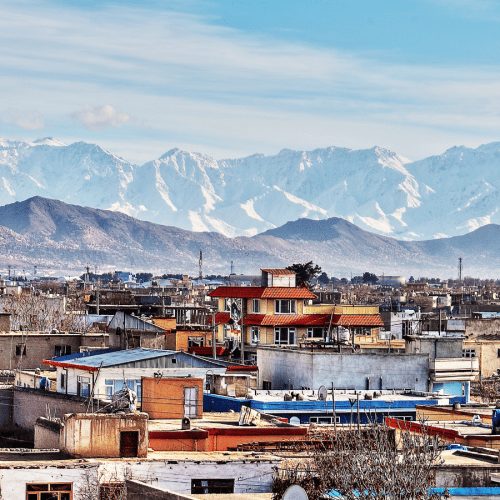
The Norwegian Centre for Humanitarian Studies (NCHS) would like to thank all those who contributed to the NCHS Research Network in the period 2019-2023, and more broadly to the Centre’s success and achievements over the past 12 years.

Tune into the latest episode of Talking Humanitarianism as Dr. Ritesh Shah explores the contested landscape of aid and influence within education in emergency settings.
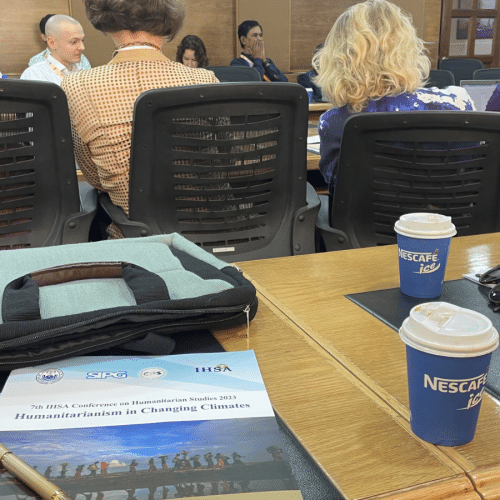
The biennial International Humanitarian Studies Association Conference was held recently in Dhaka, Bangladesh and online, with several NCHS associations contributing.
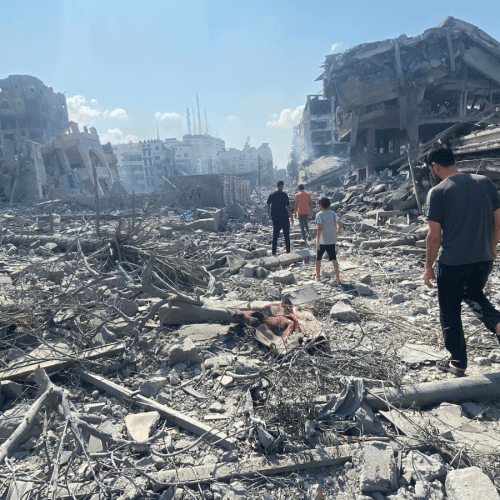
With the humanitarian situation in Gaza becoming more critical by the day, two upcoming seminars will discuss the imperative of a humanitarian ceasefire and what the conflict might mean for the future of Palestine and Israel.

A new book investigates the digital transformation of aid as a form of humanitarian extractivism and how this shifts power towards states, the private sector and humanitarians.
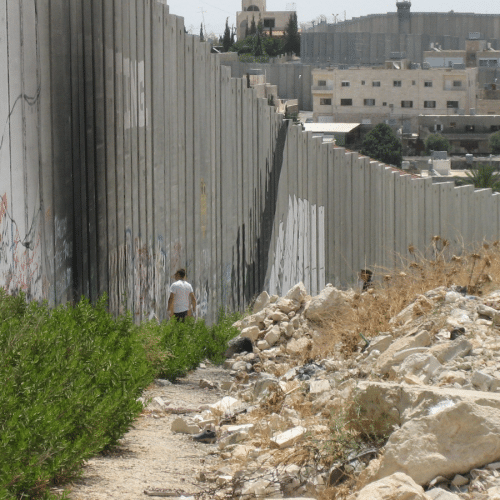
In this PRIO blog, Jørgen Jensehaugen examines the repercussions of the looming collapse of parts of UNRWA.
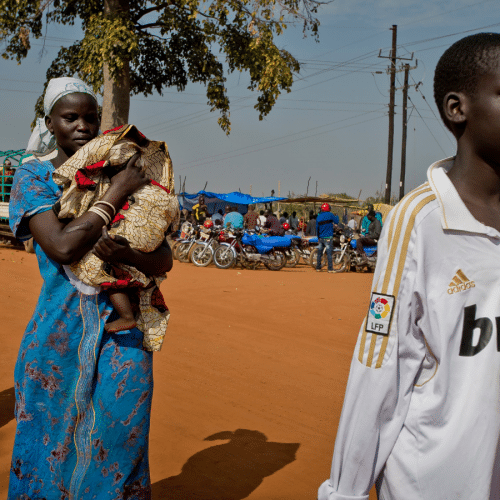
Join this PRIO seminar to explore what shapes refugee journeys, what struggles do they face along the way and what influences their decision making.

PRIO researchers urge development agencies, civil society and humanitarian workers to join the conversation about AI and its consequences for humanitarian work.
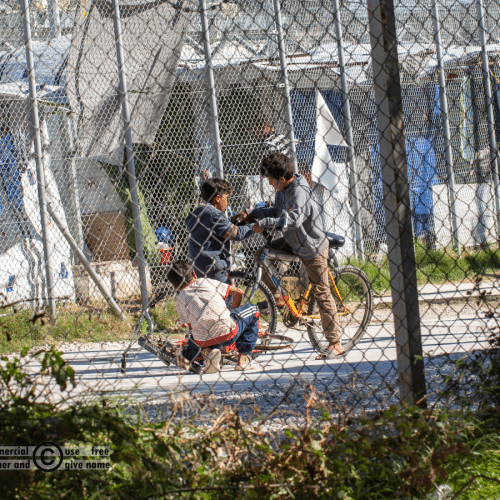
In this episode of Talking Humanitarianism, Heidi Mogstad talks to psychologist for Doctors Without Borders, Katrin Glatz Brubakk, about her recent mission to Lesvos and impressions from assisting refugees in the ‘new Moria’.

In this episode of Talking Humanitarianism, Mr. Itonde Kakoma is in conversation with Dr. Salla Turunen providing his reflections on how the IFRC is situated within the humanitarian landscape, particularly regarding humanitarian diplomacy and multilateral engagement.
The coronavirus pandemic represents a massive challenge for all states. In the first instance, it is a health crisis, with thousands of citizens infected and dying across the world. At the same time, the health crisis is accompanied by an economic crisis, as government measures to deal with the pandemic lead to severe contractions in economic activity. Finally, it represents a potential political crisis, with governments facing the massive challenge of addressing both the pandemic itself and its effects.
The ability of states to deal with the crisis varies greatly. While rich countries with strong institutions are well placed to handle it reasonably well, poorer countries with institutions that are less effective are severely constrained.
Poor countries’ access to Covid-19 vaccines depends on the production capacity and the policies of the vaccine producing countries. The vaccines were first developed in the West and Western countries have the largest production capacity, at least in the short term. However, vaccines are also produced in China, India and Russia.
nobody is safe until everybody is safe
Although everyone realises that “nobody is safe until everybody is safe”, responses to the pandemic and to vaccination have been driven by national interests rather than global cooperation and solidarity. While Western countries’ policies can be described as “vaccine nationalism”, doing everything they can to get access to as many vaccines as possible to their own citizens, emerging powers such as China, India and Russia, have been practicing “vaccine diplomacy” and used the pandemic to improve their relations with other states.
The first is purchasing power. At the moment, global production capacity is still limited in relation to demand. So far, rich countries, with 14% of the world’s population have obtained 53% of the vaccines. Almost all of the Pfizer/BioNTech and Moderna vaccines have gone to rich countries. The US and the UK have banned vaccine exports, while the European Union (EU) has exported 34 million doses to Singapore, Saudi Arabia and Hong Kong – countries that have no problem paying for vaccines. The EU has also sent about 9 million doses to the UK. Meanwhile, African countries, such as Uganda and South Africa, have paid more than twice as much per dose for the AstraZeneca vaccine as the EU. This has led the World Health Organisation (WHO) to warn that the world is on the brink of a “catastrophic moral failure”.
catastrophic moral failture
The second constraint for developing countries is political. With production capacity limited and concentrated in rich countries, poor countries have received a very limited number of vaccines. Rich countries have prioritized securing vaccines for their own citizens and have ordered several times more vaccines than they need. Taken together with the shortage of supply and poor countries limited purchasing power, this “vaccine nationalism” has left poor countries with only a fraction of the vaccines they need.
The third constraint is the system of intellectual property rights, which gives those who develop a vaccine an exclusive right to produce it for a specified time period. The first medicines were developed by Western companies with funding from governments and in cooperation with public research institutions. After the first vaccines were developed, Chinese and Russian companies have developed their own vaccines, while India’s Serum Institute has made an agreement with AstraZeneca to produce their vaccine with a license. The Serum Institute has produced 60 million vaccine doses, which have been supplied to over 70 nations, on a bilateral-grant or commercial basis. While China, India, South Africa and Brazil have the ability to develop and produce copies of the patented vaccines – so-called generics – significantly cheaper than the big Western companies, they are only allowed to do so if agreements are made with the patent-owning companies. India and South Africa have proposed that patent rules should be wavered in the current emergency situation. However, this was flatly rejected by both Western governments and the pharmaceutical industry.
Meanwhile, there are two countervailing factors that to some extent compensate for these constraints. First, the Covax initiative – a collaboration between UNICEF, the WHO, the vaccine alliance Gavi and the Coalition for Epidemic Preparedness Innovations – uses purchases by wealthier nations to fund vaccine supplies to poorer and middle-income countries. The Serum Institute is contracted to supply 1 billion vaccine doses to Covax this year, and received $300 million in funding support from Gavi and the Gates Foundation to assist it in expanding its capacity. By 1 April, 33 million vaccine doses have been distributed through the Covax facility.
However, funding for Covax remains insufficient. According to the WHO, Covax has only received a quarter of the funds needed. Moreover, because of an increase in infections in India, export of vaccines produced in the country were halted in late March. In addition, India is now facing constraints in supplies of filters and bags needed for its vaccine production, as a result of a US ban on exports of such equipment. These developments will cause delays in the distribution of vaccines, including distribution under the Covax programme.
The second countervailing factor is the vaccine supplies coming from non-western countries. While Western countries have scrambled to obtain as many vaccines as possible for their own population, other countries have used vaccines as a political resource. China, India and Russia have all distributed vaccines to other countries, sometimes for free. Such “vaccine diplomacy” lies behind the distribution of vaccines to countries in Asia, Africa and Latin America.
In Asia, it has become part of the competition between China and India for regional influence. India, with its formidable vaccine manufacturing capacity, and a licensing deal to produce the AstraZeneca vaccine, has distributed 60 million doses, mainly to Bangladesh, Nepal, Sri Lanka and the Maldives. Its pharmaceutical industry is also the largest contributor of vaccine to the global Covax facility.
China has sent its own manufacturers’ vaccines to a large number of countries in Africa, the Middle East and Latin America – partly as donations and partly as sales. This vaccine provision has been linked with the Belt and Road Initiative, distributing vaccines as part of deals related to ports, roads and rail projects. China has also decided to provide 10 million vaccine doses to the Covax alliance.
Meanwhile, Russia has capitalised on delays in the EU’s programme to promote its Sputnik vaccine to Hungary, Serbia, Austria, as well as to Middle Eastern and Latin American countries, albeit in much smaller volumes than China and India. Russian and Chinese companies have also been willing to strike licensing deals to allow manufacturers in places such as Indonesia and Malaysia to partly or fully produce Covid-19 vaccines themselves.
So what are the implications of these factors for poor countries’ ability to vaccinate their populations? Clearly, the constraints faced by poor countries (purchasing power, vaccine nationalism and patent rules) have so far been much more severe than the countervailing factors (Covax, supplies from emerging powers). The result is that poor countries, by and large, will have to wait until rich countries have vaccinated their own populations before they will receive anything like the amount of vaccines they need. Meanwhile, the pandemic will continue, and new mutants are likely to emerge which may be both more infectious and more resistant to the existing vaccines.